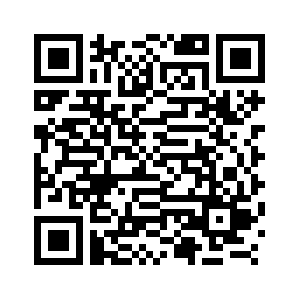Argentina, U.S. ink 20 bln USD currency swap deal
Source: Xinhua
Editor: huaxia
2025-10-21 07:35:45
BUENOS AIRES, Oct. 20 (Xinhua) -- The Central Bank of the Argentine Republic (BCRA) signed an exchange rate stabilization agreement with the U.S. Treasury for up to 20 billion U.S. dollars, the Argentine central bank said Monday.
"The objective of this agreement is to contribute to Argentina's macroeconomic stability, with special emphasis on preserving price stability and promoting sustainable economic growth," the BCRA said in a statement.
The announcement follows meetings between the Argentine government's economic team and U.S. officials in Washington, including a meeting between Argentine Economy Minister Luis Caputo and U.S. Treasury Secretary Scott Bessent, as well as a meeting between Argentine President Javier Milei and U.S. President Donald Trump on Oct. 14.
"The agreement establishes the terms and conditions for bilateral currency swap operations between both parties," the bank said.
"These operations will allow the BCRA to expand the range of available monetary and exchange rate policy instruments, including strengthening the liquidity of its international reserves, in line with the regulatory functions established in its Organic Charter," it added.
The BCRA noted that the agreement is part of a "comprehensive strategy" that reinforces Argentina's monetary policy and "strengthens" the central bank's capacity to "respond to conditions that may lead to episodes of volatility in the exchange rate and capital markets."
The announcement comes just days before Argentina's legislative elections on Oct. 26, and amid a scenario of exchange rate volatility, which market analysts attribute partly to the uncertainty generated by the election.
The swap agreement was confirmed on Oct. 9 by Bessent, who said at the time that "the U.S. Treasury is prepared, immediately, to take whatever exceptional measures are warranted to provide stability to markets."
Subsequently, Bessent said his government was working on a new line of credit for Argentina for an additional 20 billion U.S. dollars, which would be provided by private banks and some sovereign wealth funds. ■



